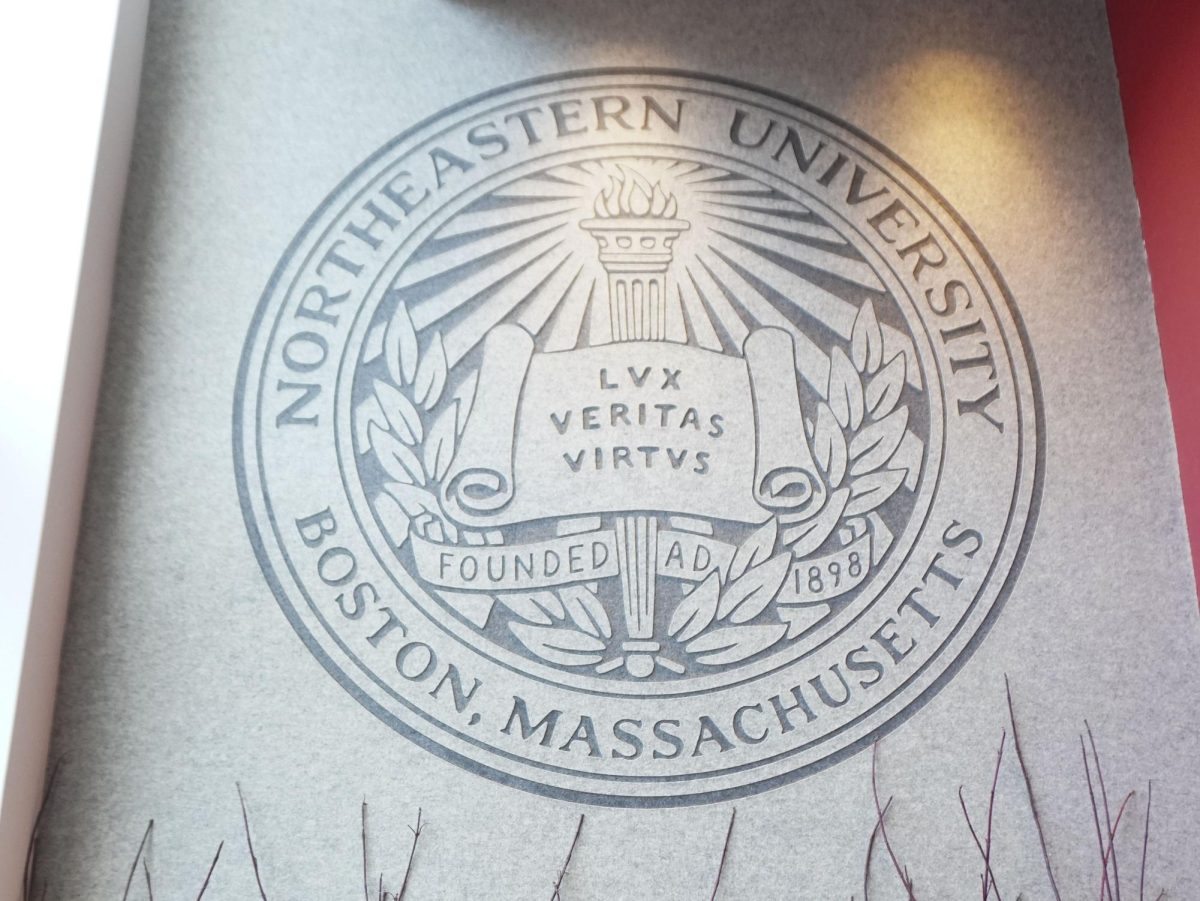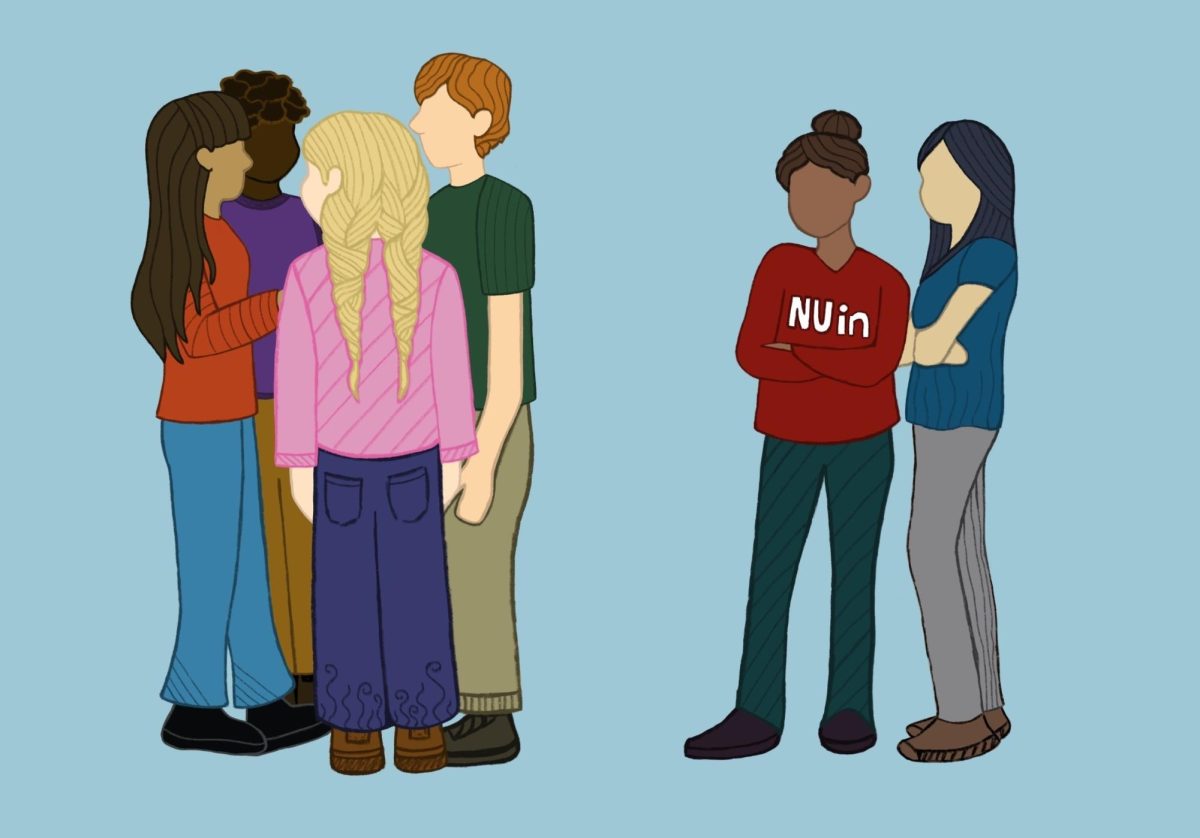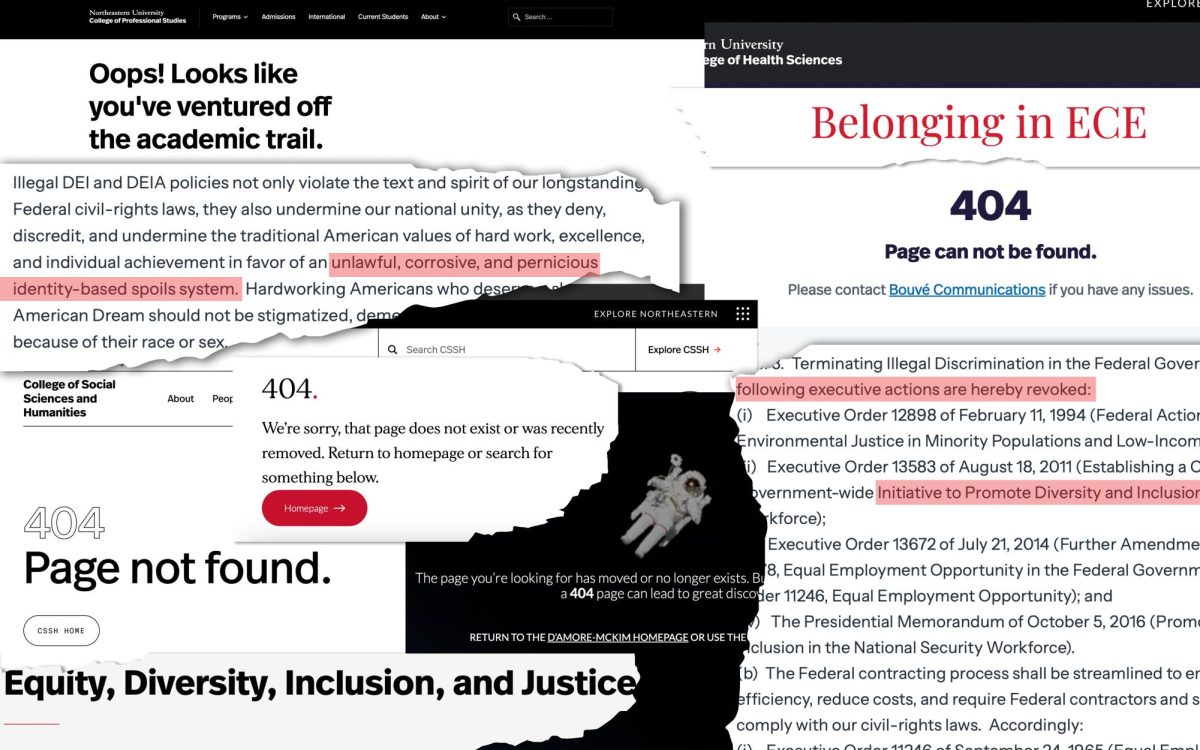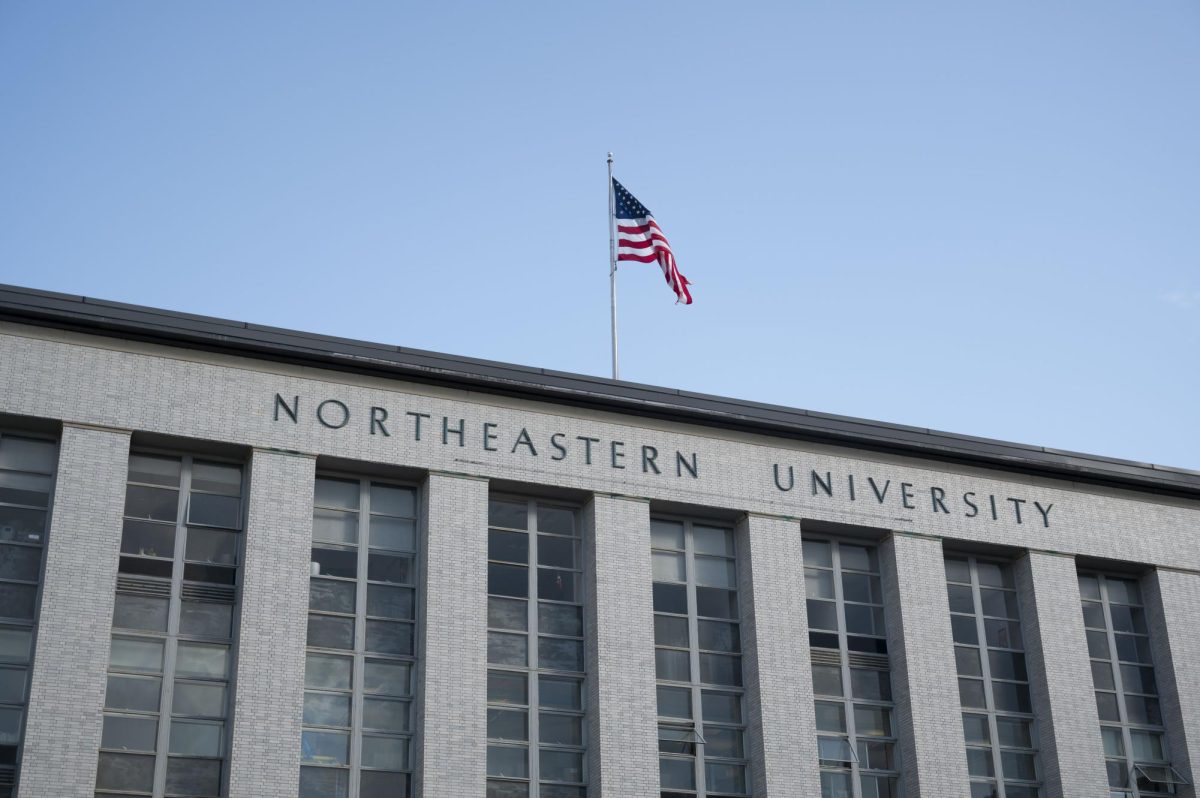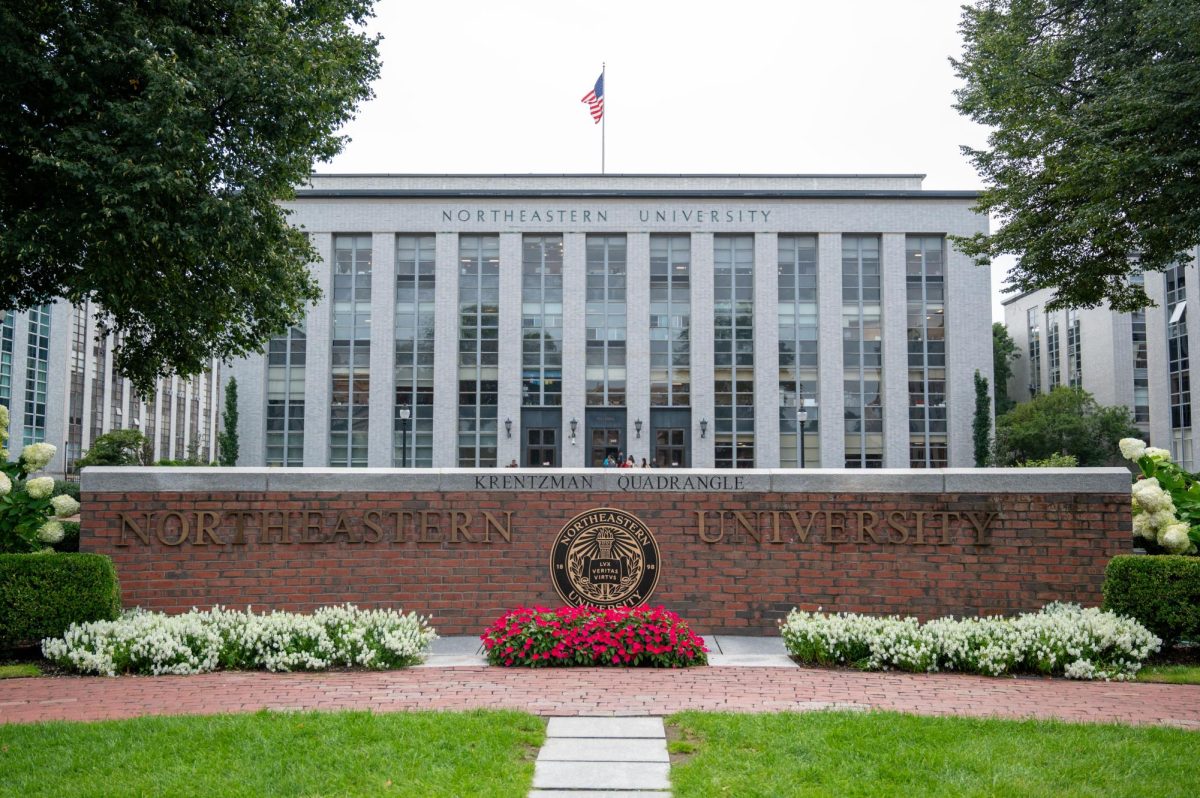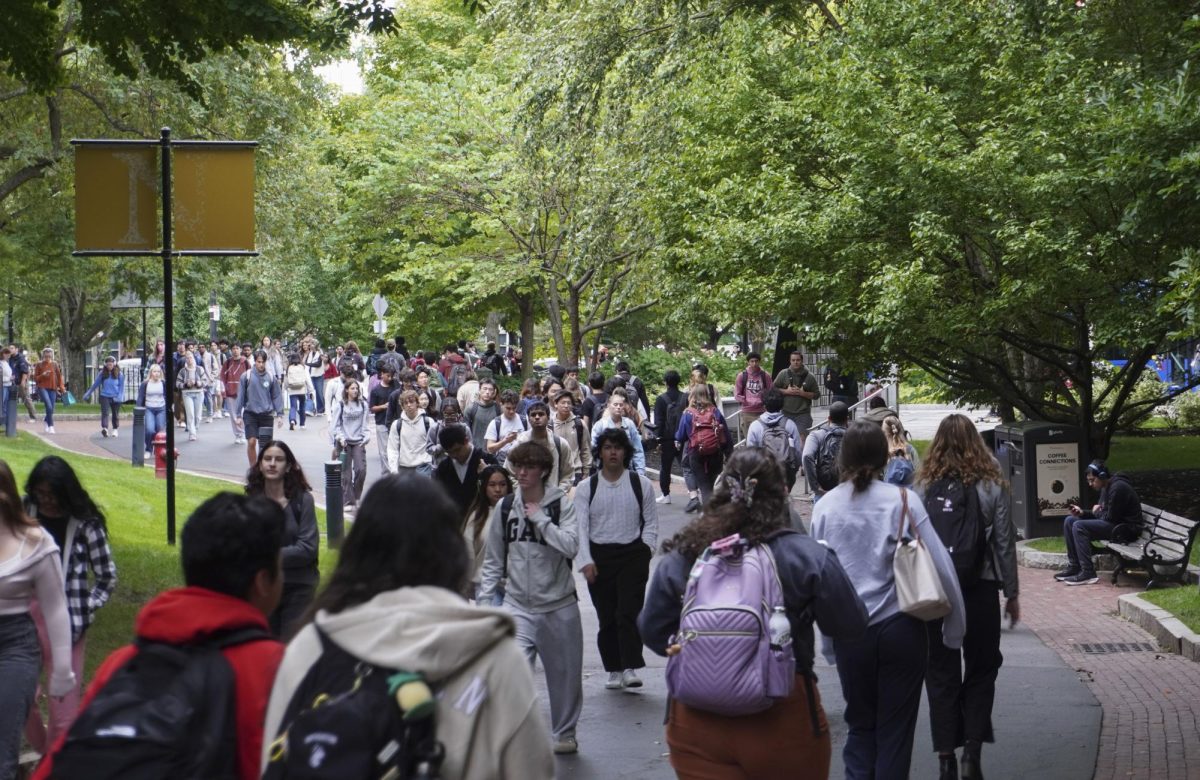By Marc Larocque
Five months after Joseph Aoun became president of Northeastern, he proceeded to the nearby community to court several prominent religious leaders. Local media cast the meetings as a symbol of conciliation, in which President Aoun asked how the university could become a better neighbor.
But it would take more than just Aoun’s ears to satisfy in terms of Lower Roxbury recognition. During one such meeting in November 2006, Reverend Michael Haynes, now retired from 12th Baptist Church on Warren Street, stood up and suggested the school create a well-documented cultural history of – and for – the neighborhood.
“We’d like it done in a way that provides posterity so the community, the university, and Boston schools could appreciate the contributions by African Americans who started in Lower Roxbury,” Joseph Warren, special assistant to the director of government relations and community affairs, recalled Haynes saying. Haynes then gave a “very eloquent” 15-minute summary of the highlights of black history in the area from 1910 to the ’60s, Warren said.
Warren said Aoun asked him to follow up with the request and to oversee the Lower Roxbury Black History Project. The project intends to collect and publish information about the roots of Lower Roxbury, which borders the university on its Columbus Avenue side.
Warren said he recruited “the university’s best historians:” Bill Fowler, Gerald Herman, Bob Hall and Bob Gittens, to form a steering committee for the project. Warren enlisted Haynes and State Representative Byron Rushing, a noted Roxbury historian, to contribute to the project. He called upon the head archivist at Snell Library, Joan Krizack, to create a space in the library to organize the information.
Most of the black community in Boston formed in Lower Roxbury during the 1920s, Warren said. It was an incredibly integrated neighborhood, he said, with blacks from different areas – the Caribbean, the South and Africa – and from diverse religious backgrounds.
But later, in the ’60s and ’70s, many of the citizens of Lower Roxbury migrated further north to Dorchester and Mattapan, Warren said.
“They all merged together. It’s an incredible story,” Warren said. “Once this collection is done the feeling is we could write a book, we could develop websites, and have various presentations. Black Boston is left out of all the history taught in the schools.”
Last November, Warren hired Lolita Parker Jr., a photographer and documentary film researcher, to collect historic artifacts, interview elders and piece together photographs.
“The project concerns people that lived, worshiped, worked or played in Lower Roxbury,” Parker said.
Parker’s last major historical work was with the Madison Park Development Cooperation, as part of a production team for a video promoting the rich history in the Madison Park section of Lower Roxbury. She came to Northeastern from California in 1975 to study photography and early childhood education.
“I had never been in an East Coast urban environment,” Parker said. “In California you can be in a depressed neighborhood but there are yards and trees and trash pickup. When I came here for my research I found out the neighborhood was going through a period of deinvestment and redline was happening. You couldn’t get home improvement loans. There was a lot of factors beyond people’s habits explaining why the neighborhood looked like it did.”
In her work, she encountered an article about an incident that offered a vision into life in Lower Roxbury during mid-20th century. The city had withdrawn sanitation services to Madison Park and trash was dumped throughout the area by outsiders. The blacks in the area gathered up trash and piled it into a mound, only to light it on fire in protest. When the fire department arrived they hosed the fire – and the residents.
Working on the Lower Roxbury Black History Project comes naturally to the curious Parker.
“I was already doing this work on my own out of personal interest before I got this job,” Parker said.
She revels in the legendary jazz life on Tremont Street. She takes pride in her childhood, in which she would sit in wonderment while listening to the stories of seniors. She touts a fascination with brick masonry.
“My goal is to immerse myself in the place and the culture of the time so when I interview people I can make references to things and they would say, ‘Oh yeah, I remember that,'” she said.
Monday night she criss-crossed through side streets, speculating on what the area was like a little more than 50 years ago, listening to jazz from the time period she will interview residents on.
For one of the roughly 15 interviewees she has met so far, Parker is pillaging the Boston Housing Authority archives, pasting together pictures from a row of apartments that once existed on Sawyer Street, now the Lenox Street Development. She holds a bevy of pictures of parks and factories no longer extant.
Osceloa Nathan came to the area in 1926 at the age of 12. She was one of Parker’s first interviewees and was more than willing to tell her story.
“Whatever went on in church, that was it,” Nathan said to Parker. “Sunday school, main service, afternoon service, young people’s service, that’s where all the boys met all the girls. Between services we would walk to the Charles River or to the museum to see the mummies.”
Nathan offered another anecdote that was more telling to a general prejudice that was prevalent in the 1930s.
“The Rivoli [Theatre] used to give out tickets with column numbers to give kids prizes,” Nathan said. “My number was called for winning a red wagon. The [white] man said I hadn’t won it and that I had the wrong number. I came home and told my father. We went back and got my wagon.”



